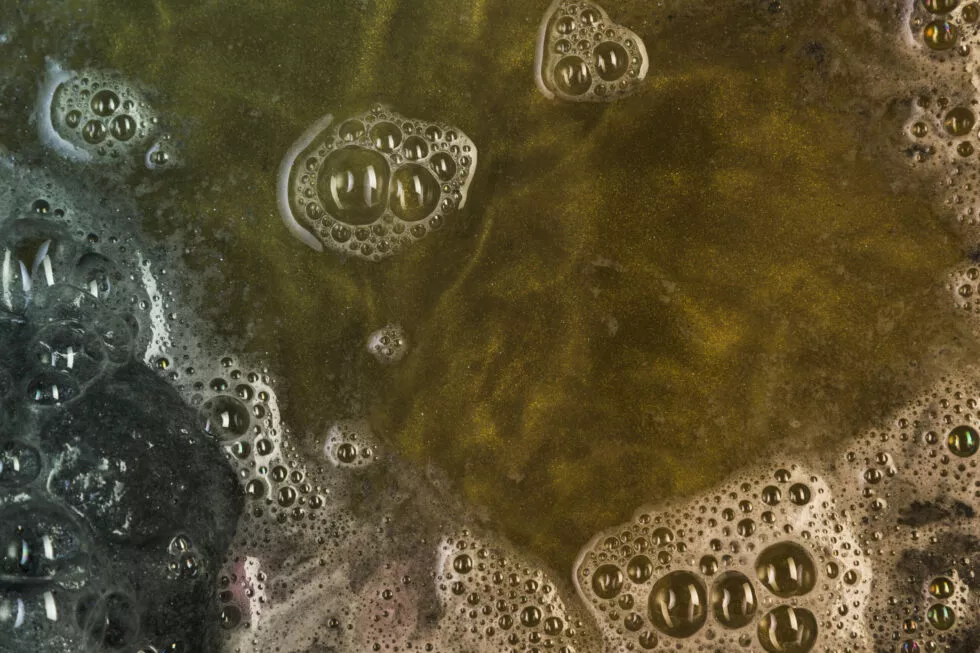Mistakes to avoid when conducting a soil study for an autonomous sanitation system

The importance of a precise soil study for an autonomous sanitation system
The soil study is an important step in the installation of an autonomous sanitation system. A careful analysis makes it possible to determine the feasibility of the project and anticipate the technical constraints. However, numerous errors can compromise the efficiency of the installation. This article will guide you through the most common mistakes and offer recommendations to avoid them. By avoiding these mistakes, you will ensure a sustainable installation that complies with standards and respects the environment.
Mistake 1: neglecting soil analysis
One of the common mistakes is to underestimate the importance of the soil analysis. This analysis determines the nature of the soil and its suitability for purification. Unsuitable soil can lead to inefficient infiltration, water table pollution and high maintenance costs. It is therefore essential to carry out an in-depth study of the soil to ensure its compatibility with the planned sanitation system.
Mistake 2: Ignoring climatic conditions
Local climatic conditions can have a significant impact on the sanitation system. Excessive rainfall can saturate the soil, while periods of drought can reduce its effectiveness. Ignoring these factors can lead to poor design and malfunctions. It is crucial to take climatic data into account in order to adapt the installation to seasonal variations. This optimises the system’s performance throughout the year. A thorough study of historical climate trends and future forecasts can help anticipate climatic challenges.
Mistake 3: forgetting local regulations
Sanitation regulations vary from one region to another. Failure to comply with local standards can result in penalties, delays and additional costs. It is therefore essential to find out about the legal constraints before starting the project. Collaborating with local authorities and regulated professionals ensures full compliance, thus avoiding inconvenience and guaranteeing a long-lasting installation. In addition, taking local regulations into account from the earliest stages of the project makes it easier to obtain the necessary permits and reduces the risk of non-compliance.
How to avoid mistakes during the soil study
To avoid errors during a soil study, it is essential to follow a methodology and surround yourself with the right professionals. Start by selecting a team of experts in sanitation who can support you throughout the process. Finally, plan each stage of the project taking into account the specificities of the terrain and the environmental conditions. Make sure you document each phase of the study to facilitate future adjustments and ensure the traceability of decisions made.
Tip 1: call on competent experts
The intervention of experts is essential to guarantee the quality of the soil study. These professionals have the experience and know-how necessary to analyse the characteristics of the land and propose suitable solutions. Choosing certified and recognised experts in the field of sanitation ensures an accurate soil study that complies with regulatory requirements. At Aquatiris, our specialised experts are there to provide you with a complete and reliable analysis of your land. Their expertise will also help you maximise the efficiency of your sanitation system. By calling on Aquatiris, you are choosing a trusted partner to guarantee the success and sustainability of your project.
Tip 2: plan each stage carefully
Each stage, from preparing the ground to installing the system, must be planned carefully. Take into account the specific characteristics of the soil, climatic constraints and local regulations to draw up a realistic and effective schedule. Planning allows you to anticipate potential problems and resolve them before they affect the project. In addition, detailed planning facilitates coordination between the various stakeholders, ensuring a smooth execution of the project.
The consequences of an inadequate soil study
A poorly conducted soil study can have disastrous consequences on the efficiency and durability of the autonomous sanitation system. The risks include inadequate infiltration, environmental pollution and increased maintenance costs. Understanding the potential repercussions of mistakes helps to avoid these pitfalls and guarantee an efficient installation. A poor analysis can also compromise the safety of the system, exposing users to significant health risks.
Negative environmental impact
A botched soil study can lead to soil and water table pollution. Poorly treated wastewater can contaminate the environment, affect the local flora and fauna, and endanger human health. To avoid these impacts, it is important to conduct a rigorous soil study and adopt sustainable solutions. By integrating ecological practices and environmentally friendly technologies, you will minimise the negative impacts of your installation.
Increased maintenance costs
A poorly designed sanitation system leads to significant maintenance costs. Frequent repairs and adjustments to correct initial errors represent a considerable financial cost. A precise and comprehensive soil study can reduce these expenses by anticipating needs and optimising resources. Optimising maintenance through a careful prior analysis can extend the lifespan of the installation and ensure optimal performance over the long term.
Legal and health risks
Failure to comply with local standards and regulations can result in legal sanctions and public health problems. Non-compliant facilities may be closed or require costly modifications. By conducting a proper soil study, you can ensure that you comply with the rules in force and guarantee the health and safety of your facility. Strict compliance with regulations is not only a legal obligation, but also a commitment to the preservation of public health and the environment.
Conclusion: ensuring the success of your autonomous sanitation project
To ensure the success of your autonomous sanitation project, it is essential to avoid common mistakes during the soil study. By calling on competent experts, using innovative technologies and planning each stage with precision, you will optimise the performance of your system while respecting the environment and regulations. A rigorous soil study is the foundation of an efficient and long-lasting autonomous sanitation system. Investing in careful preparation is the guarantee of a successful project that will meet your current and future needs.

